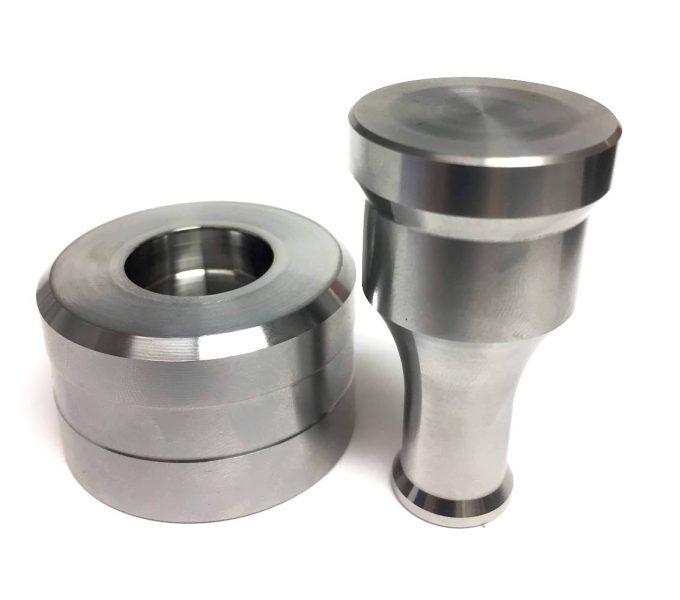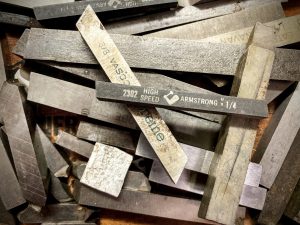Tool steel is a type of high-quality carbon and alloy steel that is specifically designed for the production of tools and dies used in manufacturing processes. These materials are heat-treated to achieve a balance of toughness, wear resistance, and hardness. They are commonly used to produce cutting and forming tools, as well as molds and dies for the production of plastic, metal, and other materials.

Tool steels are generally divided into five groups1:
- Water-hardening tool steels
- Cold-working tool steels
- Shock-resisting tool steels
- High speed steels
- Hot working tool steels
Tool steels are generally quenched in one of three ways. Water-hardening tool steels are the most commonly used and are quenched in water to achieve a hard and wear-resistant surface. Oil-hardening tool steels are quenched in oil to achieve greater toughness and better resistance to shock loading. Air-hardening tool steels are the most expensive and are quenched in air to achieve the highest level of wear resistance, toughness, and hardness.
Tool Steels
References
- ASTM A600 Standard Specification for Tool Steel High Speed
- ASTM A681 Standard Specification for Tool Steels Alloy
- ASTM A686 Standard Specification for Tool Steel, Carbon
- ASTM A597-14 Standard Specification for Cast Tool Steel
- Note: ASTM classifies tool steels as 1) Carbon Tool Steel, 2) Alloy Tool Steel, or 3) Cast Tool Steels ↩︎


